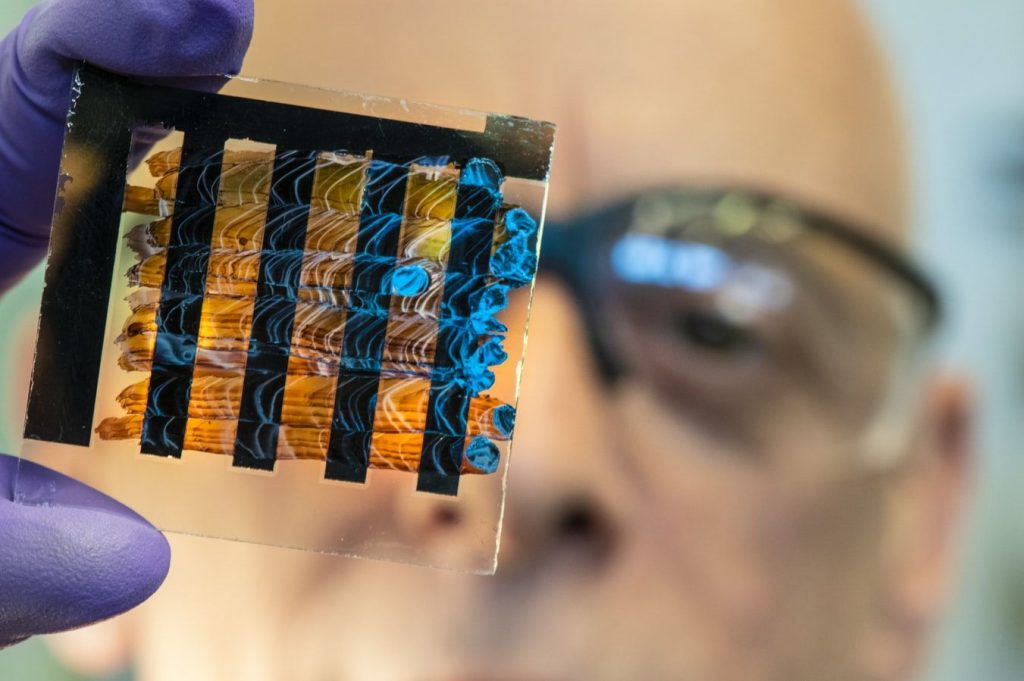According to scientific research, seasonal and occupational exposure of the human body to chilly conditions can result in cell death in the exposed area due to the emergence of the ice crystals. This can also result in deep burn injury and compromised functionality. Current therapeutics can be ineffective in many cases, it is necessary to have some prophylactic strategies. Thus, a study is conducted in which a combination of known synthetic cryptopreservative agents (SynAFP) is devised. The main focus of the research is based on the safety of skin cells.
A research team of scientists, led by Dr. Munia Ganguli from India’s Academy of Scientific and Innovative Research, has recently made a liquid solution that is the composition of two main compounds, dimethyl sulfoxide (DMSO) and polyvinyl alcohol(PVA). DMSO keeps ice crystals from forming within cells and PVA crystals keep ice crystals from forming between them and damaging their outer membranes.
Scientists have performed a series of experimentations with composition in different proportions and finally, they reached the particular concentration of the two chemicals that worked best at protecting cultured cells from damage caused by exposure to freezing temperatures. This composition was named “SynAFP”.
Furthermore, the team tried this composition with commercial aloe vera cream, which was then applied to the skin of mice about 15 minutes before they were exposed to a cold challenge. It was noticed that the mice that had the cream on their skin experienced smaller frostbite wounds, less tissue damage as compared to a control group. Moreover, those wounds healed faster.

It was found from the study that applying the cream 30 minutes before exposure had no shielding effect, so more work still needs to be done. Moreover, it still needs to be discovered how often it would have to be reapplied on the skin.
The research has been published here.


